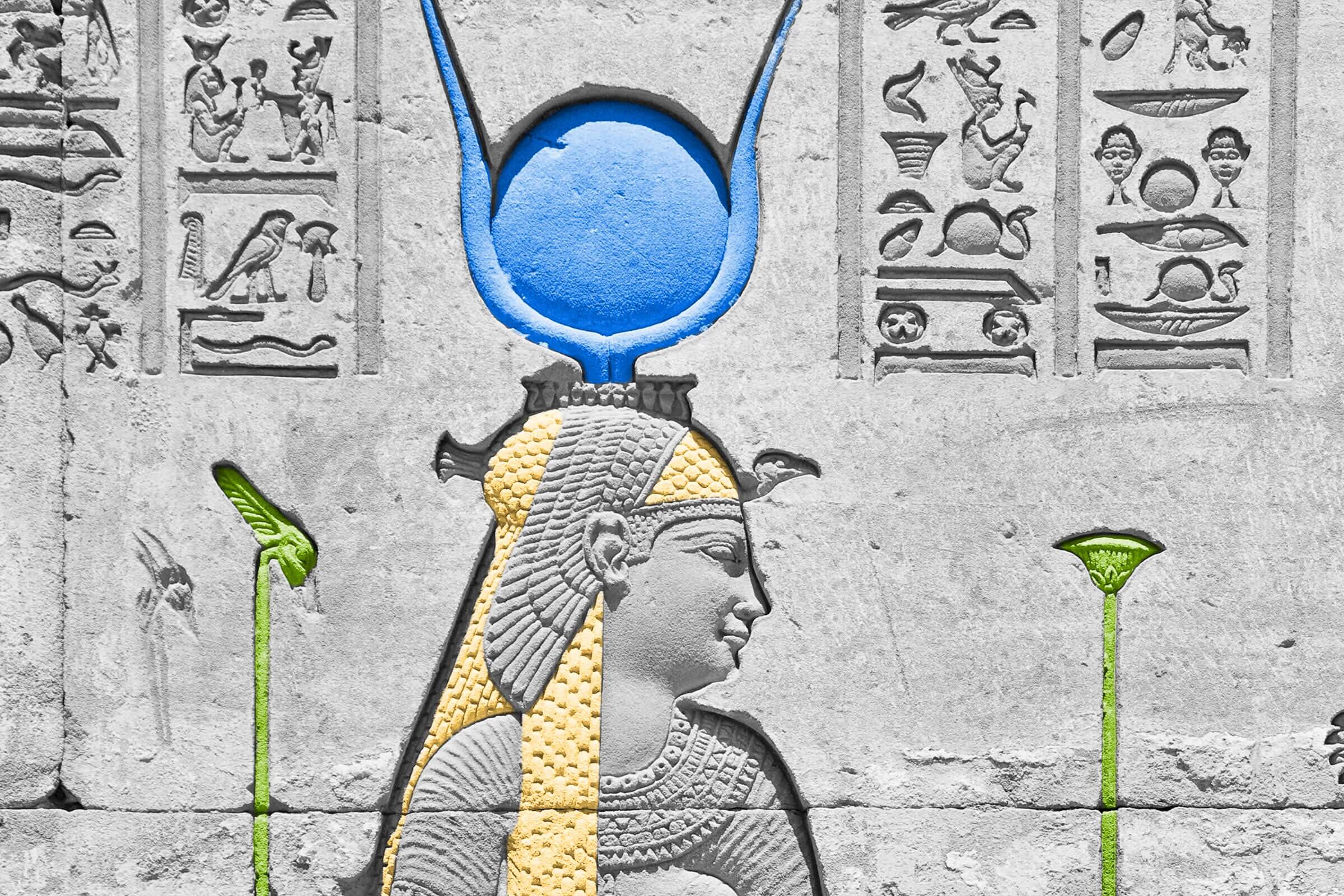
Mummies can still have fingerprints.
Fingerprints are one of the few parts of the human body that generally never change — in some cases, even after thousands of years. Scientists who study ancient civilizations by way of mummified remains can attest: Mummies have fingerprints. But how?
Mummification works by drying out soft tissue such as skin, halting decomposition and preserving the body, fingerprints included. Recovering the fingertip impressions isn’t easy, but it is possible; the job requires soaking or injecting mummified hands with hydrating solutions that plump the tips. From there, the fingertips are inked and copied in a fashion similar to how modern fingerprints are recorded.
Historians don’t just recover fingerprints from mummies — some can be found on objects, too. In fact, one set has been discovered on a 3,000-year-old coffin. Researchers at the Cambridge Fitzwilliam Museum in England discovered the prints on the internal lid of a coffin for Nespawershefyt, an Egyptian priest, in 2005; they were likely left by a craftsman who touched the lid before its varnish was fully dry. While it’s impossible to ever know the person behind the prints, historians say just seeing them helps modern people connect with people of the past.
Humans today are far more like ancient Egyptians than we may realize. Everyday people thousands of years ago went to work and school, baked bread, and shared meals… and even got tattoos. While it’s unclear how widespread permanent body art was throughout ancient Egypt, researchers have found tattoos on mummified remains dating back 3,000 years. Seven female mummies unearthed from the archaeological site of Deir el-Medina in Egypt are adorned with symbols such as baboons, lotus blossoms, and human eyes (used as a symbol of protection). While it’s likely the women worked as artisans or crafts workers who helped decorate nearby elaborate tombs for royalty, another theory suggests their tattoos may have been related to work as healers or religious figures. Mummification generally preserves skin, but the oils and materials used in the initial process can hide evidence of tattoos, which is why researchers are now turning to infrared imaging to catch a better glimpse of potential body art — a tool that has also revealed tattoos on two 5,000-year-old male mummies.

